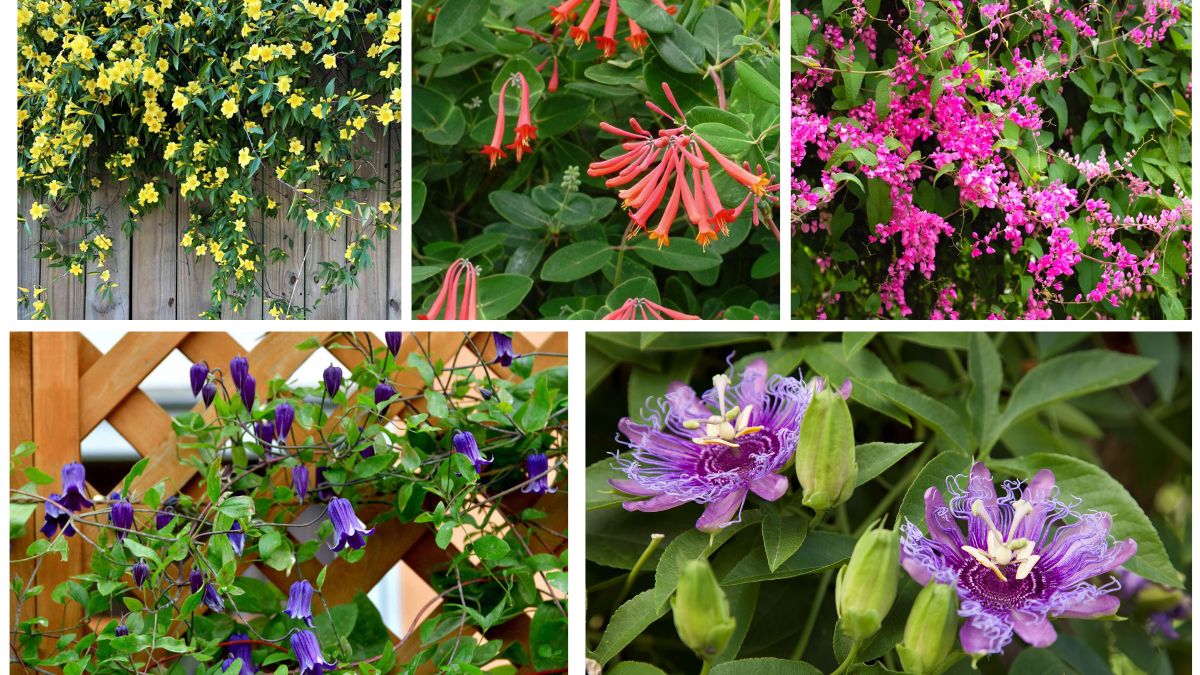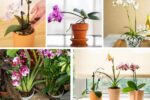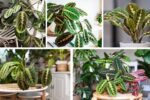Creating a pollinator-friendly garden is one of the most rewarding steps you can take to support local ecosystems while beautifying your outdoor space. Pollinators such as bees, butterflies, hummingbirds, and moths rely on nectar-rich flowers for food, and in turn, they help plants reproduce through pollination. One of the quickest and most effective ways to bring a burst of pollinator activity into your garden is by growing annual vines. These fast-growing climbers not only provide vibrant displays of flowers but also attract pollinators within weeks of planting.
In this article, we’ll explore five stunning annual vines that are easy to grow and guaranteed to draw pollinators quickly. Each of these vines brings unique beauty and ecological benefits to your garden, while also serving as a natural support system for biodiversity.
1. Morning Glory (Ipomoea purpurea)
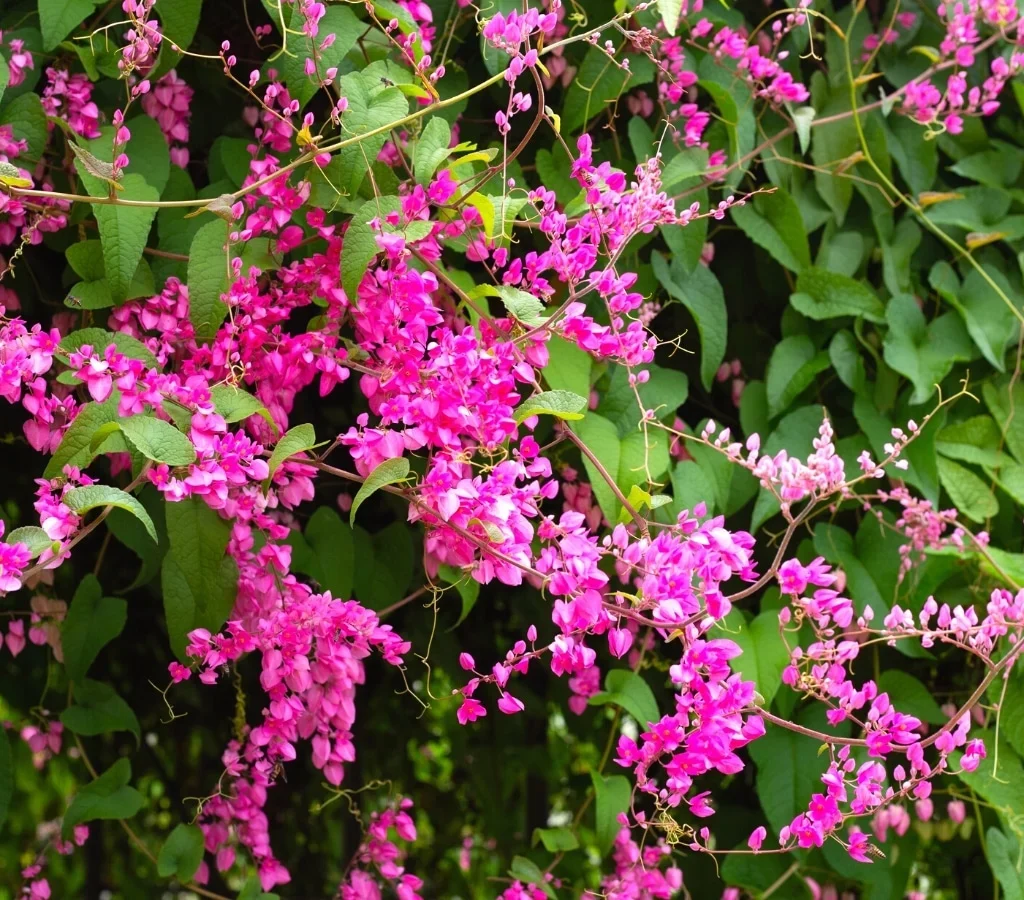
Morning Glories are classic climbers known for their stunning trumpet-shaped blooms in shades of blue, purple, pink, and white. They are particularly attractive to bees, hummingbirds, and butterflies thanks to their open flowers and abundant nectar supply.
Why Morning Glory Attracts Pollinators:
- The tubular flowers are perfectly shaped for pollinators with long tongues, such as hummingbirds.
- They bloom early in the morning when many pollinators are active, providing a reliable food source.
- Continuous blooming throughout the summer ensures pollinators keep returning.
Growing Tips:
- Soil: Prefers well-drained soil with moderate fertility.
- Light: Full sun is essential for maximum flowering.
- Care: Soak seeds overnight before planting to speed germination. Provide trellises, fences, or arches for the vines to climb.
- Bonus: Morning Glory is a rapid grower, covering structures with dense greenery and blooms within weeks.
2. Black-Eyed Susan Vine (Thunbergia alata)
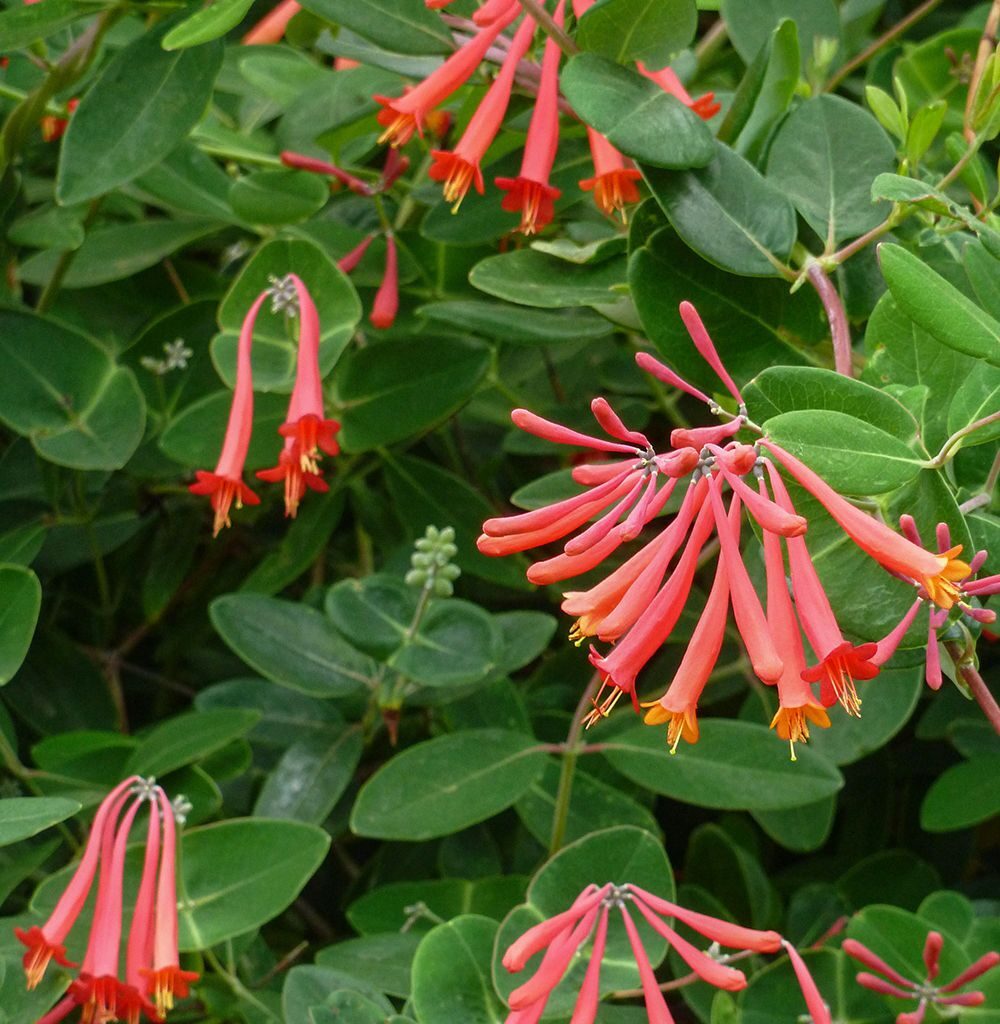
Known for its cheerful orange, yellow, or white blooms with dark “eyes” at the center, the Black-Eyed Susan Vine is a favorite for both visual appeal and pollinator attraction. Its long blooming season and nectar-rich flowers make it a magnet for butterflies and bees.
Why Black-Eyed Susan Vine Attracts Pollinators:
- Bright flower colors are irresistible to butterflies and bees.
- Its long flowering season (summer to frost) ensures continuous food for pollinators.
- The open-faced flowers make nectar easily accessible.
Growing Tips:
- Soil: Thrives in rich, moist, and well-drained soil.
- Light: Prefers full sun but tolerates partial shade.
- Care: Provide support such as a trellis or hanging basket. Pinch tips occasionally to encourage bushier growth.
- Bonus: It works wonderfully in containers on balconies or patios where you can enjoy pollinators up close.
3. Cardinal Climber (Ipomoea × sloteri)
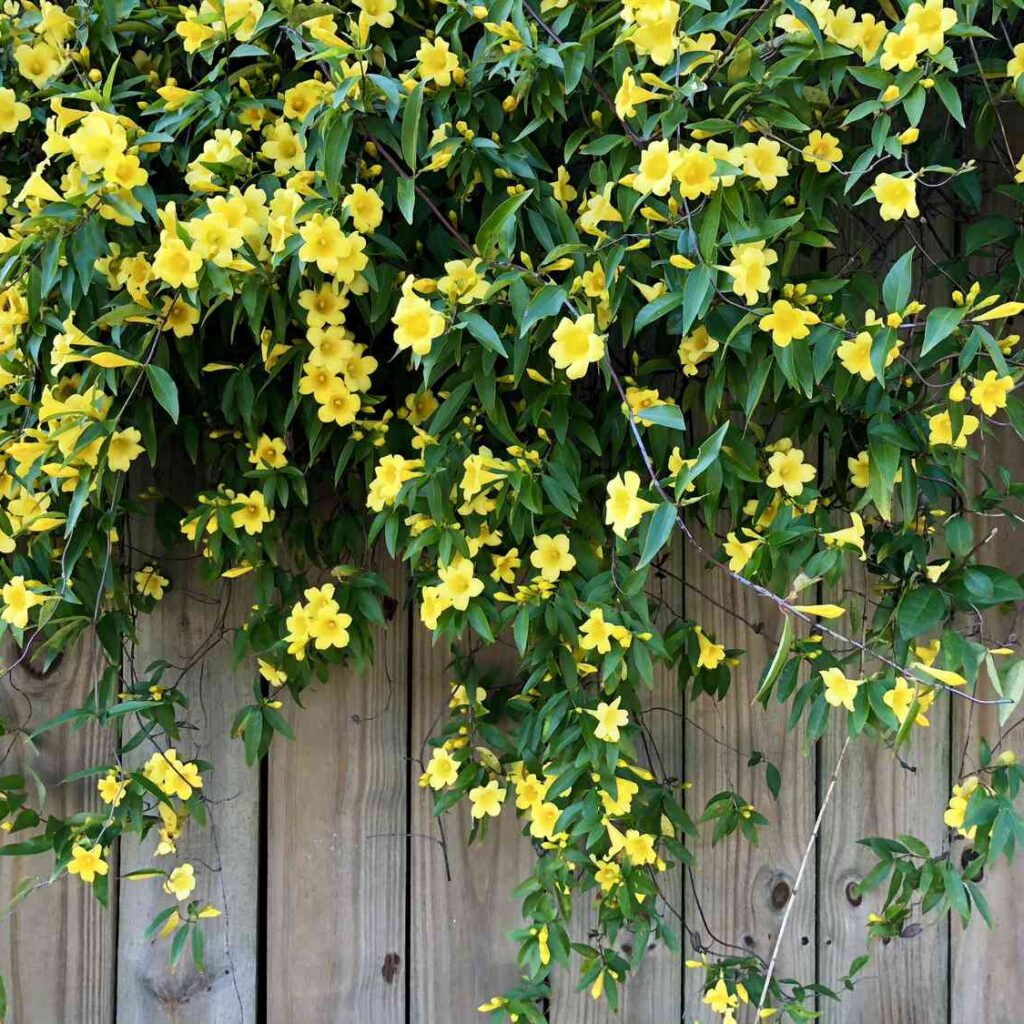
This vibrant annual vine combines the foliage of Cypress Vine with the blooms of Scarlet Morning Glory. With its fiery red, star-shaped flowers, the Cardinal Climber is a hummingbird magnet and equally attractive to butterflies.
Why Cardinal Climber Attracts Pollinators:
- Its vivid red blooms stand out against green foliage, acting as a beacon for hummingbirds.
- Tubular flowers are perfectly designed for pollinators with long beaks or tongues.
- Rapid growth ensures pollinators benefit from abundant blooms early in the season.
Growing Tips:
- Soil: Tolerates average soil but thrives in slightly sandy, well-drained conditions.
- Light: Full sun is best for heavy flowering.
- Care: Provide a sturdy trellis, as this vine grows quickly. Plant seeds directly outdoors after frost.
- Bonus: Cardinal Climber grows up to 10–15 feet in a single season, making it perfect for vertical gardens.
4. Hyacinth Bean (Lablab purpureus)
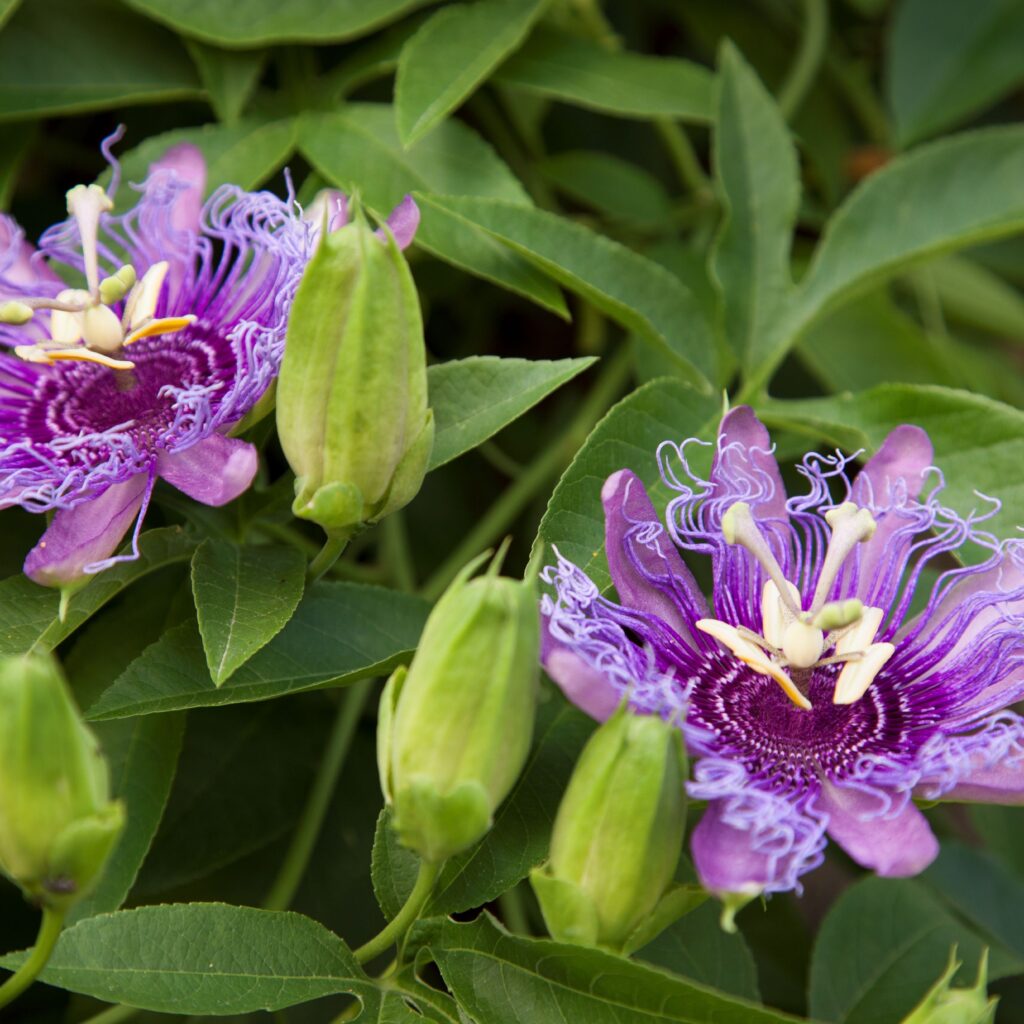
Hyacinth Bean is not only a pollinator-friendly vine but also adds exotic beauty with its purple flowers, stems, and ornamental pods. Bees and butterflies love its nectar-rich blooms, and the vine’s lush growth makes it a favorite for creating green walls or covering fences.
Why Hyacinth Bean Attracts Pollinators:
- Produces clusters of pea-like flowers that are highly attractive to bees and butterflies.
- Continuous blooming ensures a steady nectar source.
- Bright pods and stems provide additional visual interest, drawing pollinators from a distance.
Growing Tips:
- Soil: Prefers well-drained soil with organic matter.
- Light: Full sun to partial shade.
- Care: Sow seeds after the last frost. The vine is drought-tolerant once established but benefits from regular watering.
- Bonus: While the dried seeds are toxic if eaten raw, the pods and young beans are used in some cuisines when cooked.
5. Cypress Vine (Ipomoea quamoclit)

Cypress Vine is admired for its delicate, feathery foliage and bright red, star-shaped flowers. Its beauty lies in both its ornamental charm and its unmatched ability to attract hummingbirds and butterflies in large numbers.
Why Cypress Vine Attracts Pollinators:
- Bright red flowers act as natural hummingbird attractants.
- Tubular flower shape supports pollinators that can hover and sip nectar.
- Blooms continuously from summer to frost, providing a long food supply.
Growing Tips:
- Soil: Thrives in average, well-drained soil.
- Light: Needs full sun for the best flower display.
- Care: Direct sow seeds after the frost, or start indoors for an early start. Provide sturdy support for climbing.
- Bonus: The fine-textured foliage adds elegance to garden arches, fences, and trellises.
Benefits of Growing Annual Vines for Pollinators
- Fast Growth: Annual vines establish and flower quickly, ensuring pollinators get food within weeks of planting.
- Extended Bloom Season: Many vines bloom throughout the summer and into fall, supporting pollinators long-term.
- Vertical Gardening: Perfect for small spaces, annual vines add color and ecological benefits without taking up much ground space.
- Biodiversity Support: Attracting pollinators enhances the health of your entire garden by increasing fruit and seed production.
Conclusion
Growing annual vines that attract pollinators quickly is a simple yet powerful way to enhance your garden’s beauty and ecological value. Plants like Morning Glory, Black-Eyed Susan Vine, Cardinal Climber, Hyacinth Bean, and Cypress Vine provide vibrant flowers, quick coverage, and abundant nectar that pollinators can’t resist. By adding these vines to your space, you’re not just creating a stylish vertical garden—you’re also supporting the essential pollinators that keep ecosystems thriving.
Whether you’re gardening in a backyard, patio, or balcony, these annual vines will fill your space with color, life, and the gentle hum of pollinator activity in no time.
